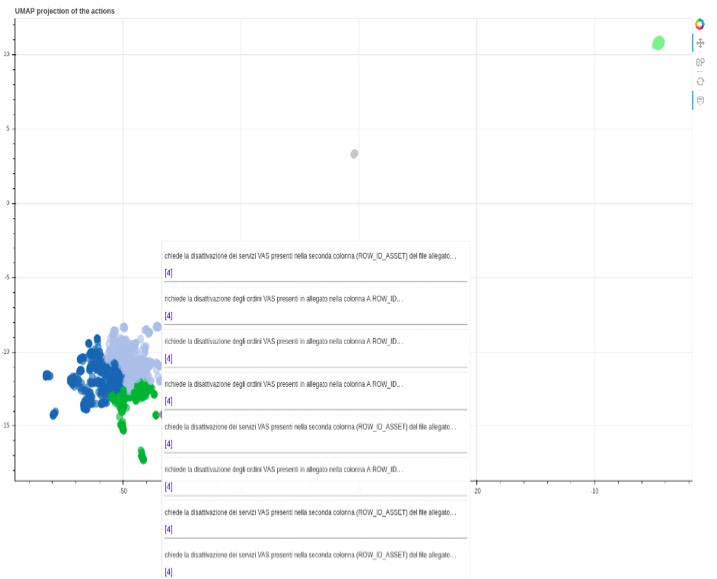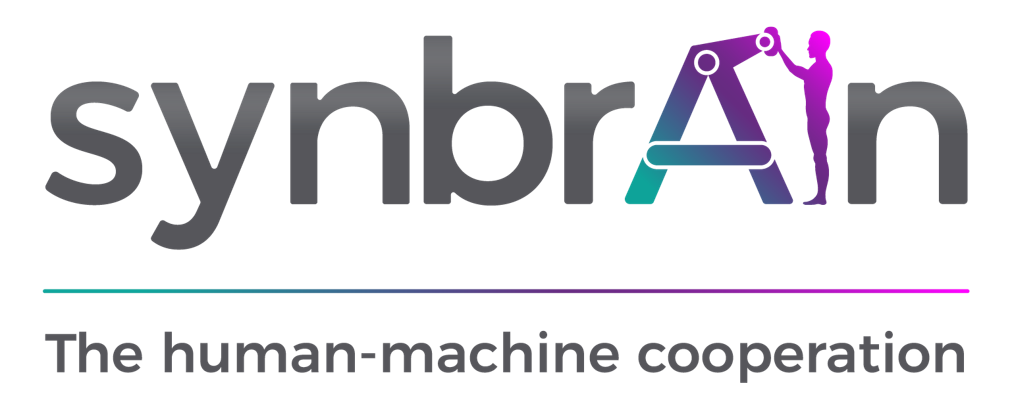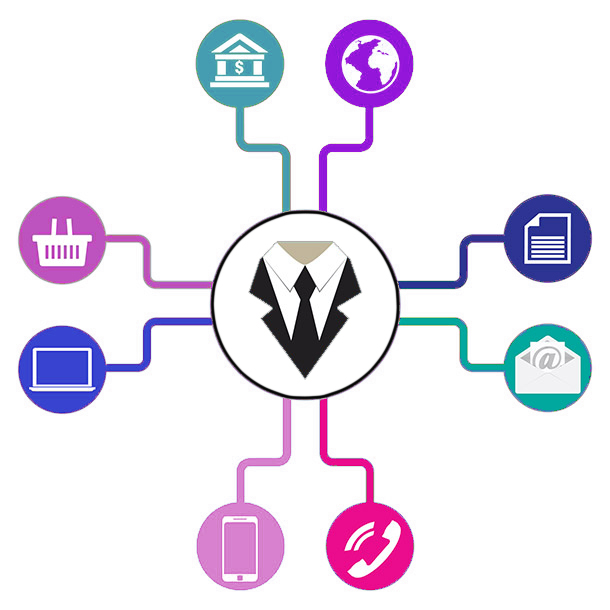
Critical Issues
- Multichannel information
- Unhomogeneous requests
- 80% of data from 20% of requests
- Frequent low added-value activities
- Repetitiveness and inattention
Concept
Andrea – Enterprise Digital EMployee helps users and companies by performing tasks previously done manually, using Artificial Intelligence:
- Semantic Analysis
- Deep Learning
- Natural Language Processing
- Predictive Models
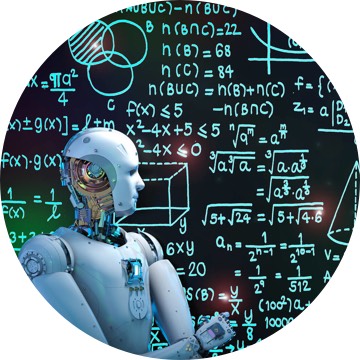
Andrea
- Assists people and automates tasks
- Learns from past behaviour
- Builds and maintains data models
- Predicts and recommends actions
- Performs actions
- Can act as a Virtual Assistant to the customer
- Can act as a Virtual Assistant to contact center operators
Andrea's target
Andrea is aimed at companies:
- That are customer-centric
- With a highly developed front-end
- That need to optimize customer support
- That require multichannel integration
- With large volume processes


The main benefits of Andrea
- More timely communications with the customer
- Virtual clerks capable of performing very repetitive and low value-added tasks
- Relieves front-desk operators to focus on high value-added tasks
- Customer satisfaction
Key functionalities
- Gathers customer communications from different channels
- Classifies communications
- Recognizes attached documents
- Extracts important information from communications and documents
- Identifies operations requested by customers
- Trains virtual clerks
- Performs operations requested by virtual clerks

INGESTION
- PEC
- Fax
- Call
- Chatbot

FEATURES EXTRACTION
- Automatic pattern detection
- Pattern selection
- Pattern refinement
- Named entity recognition
- Sentence detection

CATEGORIZATION
Prediction Model
- Word embedding
- Algorithm choise
- Parameters identification
- Category tree analysis

Confusion Matrix
- Quality check on initial categorization
- Deviations analysis
- Identification of incorrect predictions
- Analysis of category tree inconsistencies
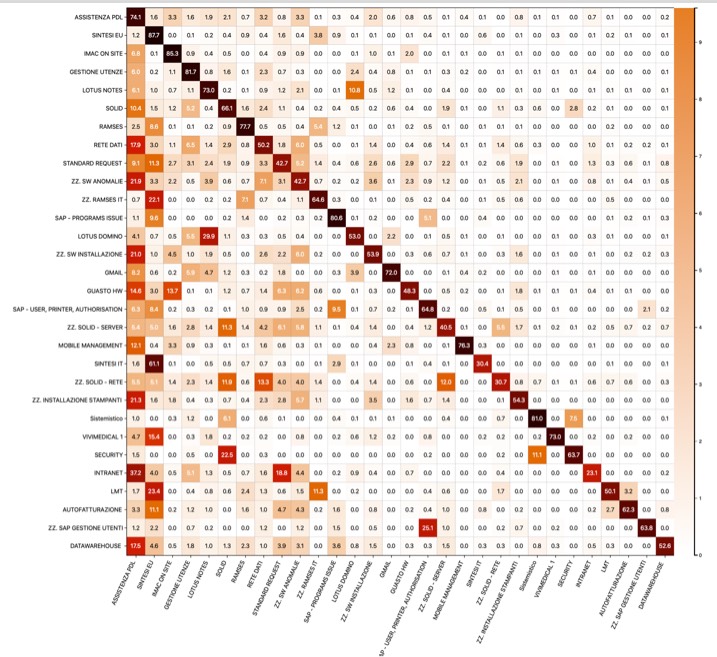
Feedback Management
- Increased predictive accuracy
- Multiple predictions
- Best prediction choice
- Correcting wrong predictions
- Self-learning of the predictive engine
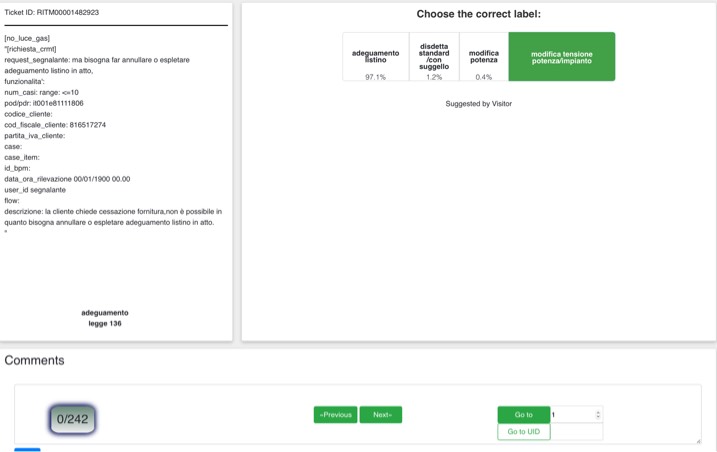
CLUSTERING
Self Organized Map
- Unsupervised cluster identification from communication texts
- Variable size grid
- Homogeneity index
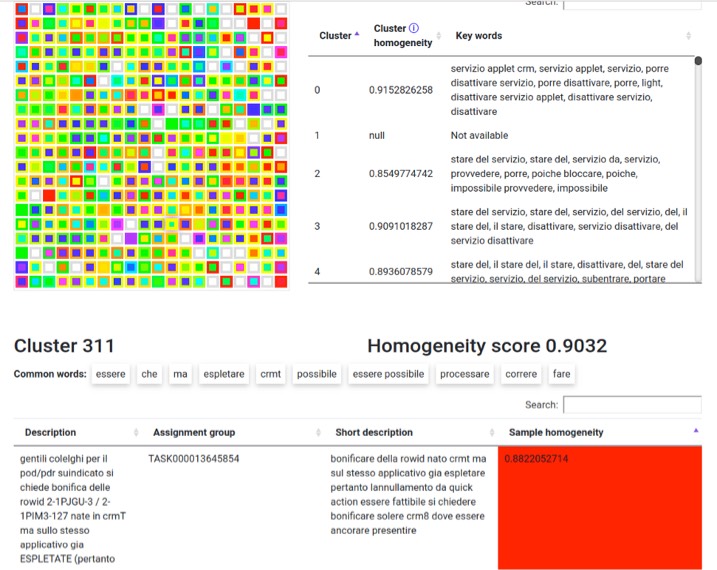
UMAP
- Unsupervised cluster identification from communication texts
- Geometric clustering in two-dimensional space
- Homogeneity index
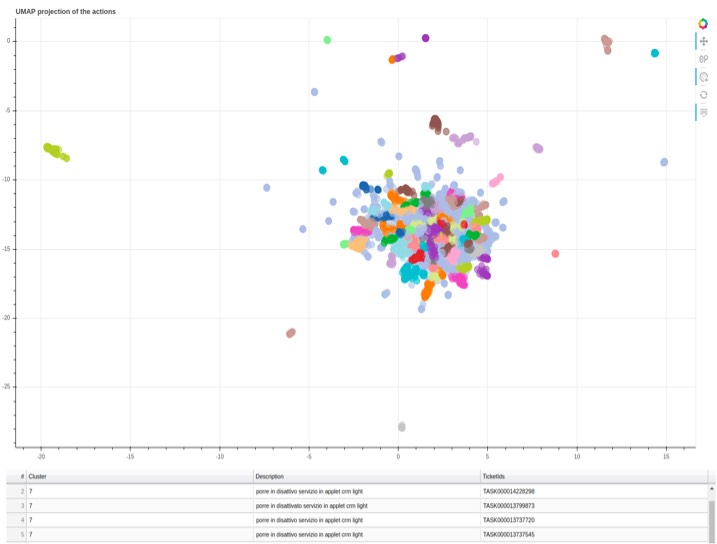
LINGUISTIC ANALYSIS
- NLP
- Dependency tree
- Semantic analysis
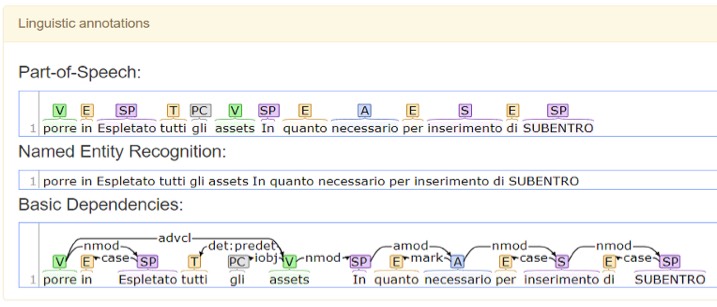
ACTION DETECTION
- Named entity recognition
- Meta data extraction
- Legacy system link
- RPA feeding
- API utilization
